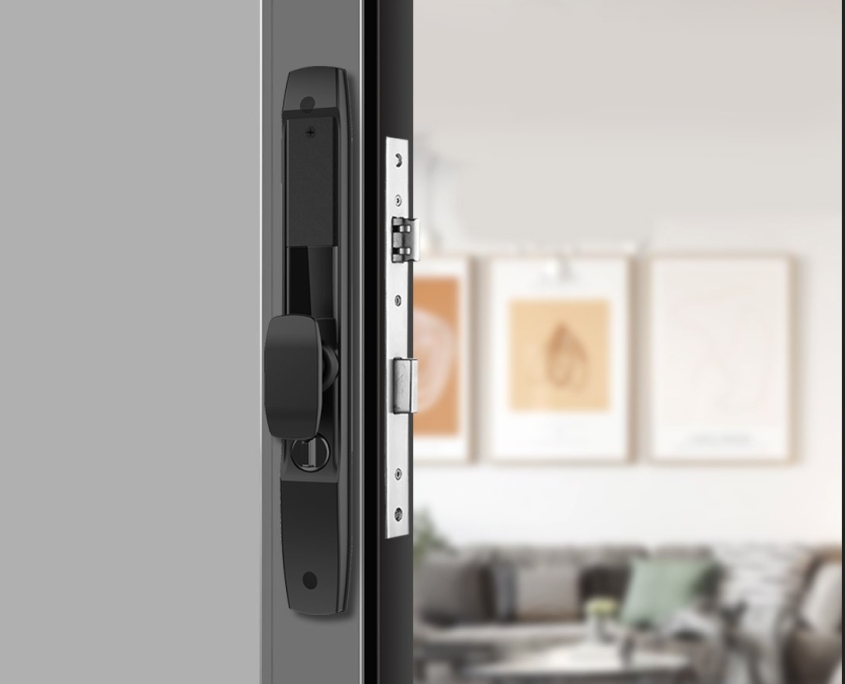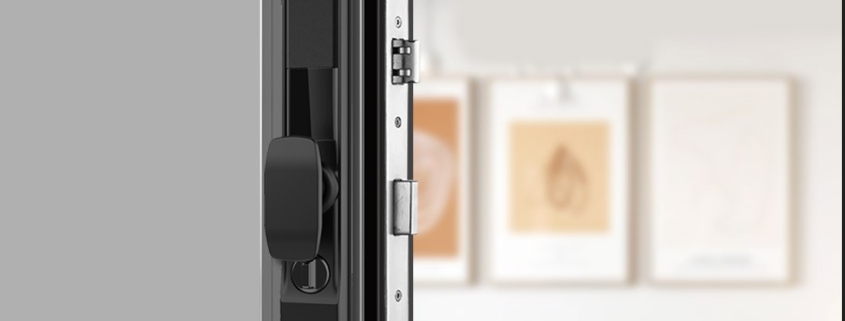Can Someone Break Into a Smart Lock?
Smart locks offer convenience and modern security features, but many homeowners wonder: Are they really safe? Can hackers, burglars, or tech-savvy intruders break into a smart lock? The short answer is: Yes, but it’s not easy. While no lock is 100% unbreakable, high-quality smart locks are significantly more secure than traditional locks when used correctly.
In this guide, we’ll explore:
-
How smart locks can be hacked or bypassed
-
Which types are the most (and least) secure
-
How to protect your smart lock from break-ins
-
Whether smart locks are safer than traditional deadbolts
By the end, you’ll know exactly how vulnerable smart locks are—and how to make yours as secure as possible.
How Do Burglars Break Into Smart Locks? (5 Common Methods)
Smart locks can be compromised, but most break-ins require specialized knowledge or physical tampering. Here are the most common ways criminals bypass smart locks:
1. Bluetooth or Wi-Fi Hacking (Remote Exploits)
Some cheaper smart locks use weak encryption, making them vulnerable to “relay attacks” (where hackers intercept signals between your phone and lock). However, most premium locks (like August and Schlage) use strong encryption, making remote hacking extremely difficult.
How to prevent it:
Use a lock with AES 128-bit or 256-bit encryption.
Disable Bluetooth when not in use.
Avoid locks with known security flaws (research before buying).
2. Physical Tampering (Prying, Drilling, or Bumping)
Just like traditional locks, smart locks can be physically forced open if poorly made. However, high-security smart locks have anti-drill and anti-pry features, making them harder to break.
How to prevent it:
Choose a smart lock with an ANSI Grade 1 rating (highest security).
Install a reinforced strike plate for extra durability.
3. Keypad Code Guessing or Shoulder Surfing
If your smart lock has a keypad, a burglar might watch you enter the code (“shoulder surfing”) or try common combinations (like “1234” or “0000”).
How to prevent it:
Use a long, random PIN (not birthdays or simple sequences).
Get a lock with a scrambled keypad.
4. Magnet Attacks (On Cheap Locks)
Some low-quality smart locks (particularly no-name brands) can be opened with strong magnets, a flaw discovered in certain Amazon models.
How to prevent it:
Stick with reputable brands.
Check for independent security testing before buying.
5. App Vulnerabilities (Phishing or Weak Passwords)
If a hacker gets into your smartphone or smart home account, they could unlock your door remotely. This is rare but possible if you reuse weak passwords.
How to prevent it:
Use two-factor authentication (2FA) on smart lock apps.
Never share app access with strangers.

Are Smart Locks Safer Than Traditional Locks?
Advantages of Smart Locks Over Traditional Locks
-
No lock-picking risk (most burglars know how to pick traditional deadbolts).
-
Tamper alerts (many smart locks notify you of forced entry attempts).
-
No lost keys (you can’t get locked out if you forget keys).
-
Remote locking (you can check and secure your door from anywhere).
Disadvantages of Smart Locks
-
Dependent on power (if batteries die, you may need a backup key).
-
Potential hacking risk (though rare with high-end models).
-
More expensive than basic deadbolts.
Verdict: A well-chosen smart lock is safer than a traditional lock because it eliminates lock-picking and provides real-time alerts. However, cheap or poorly installed smart locks can be less secure.
How to Make Your Smart Lock as Secure as Possible
1. Buy a Reputable Brand
Stick with Keyplus—these brands invest in strong encryption and security testing.
2. Enable All Security Features
-
Use auto-lock to prevent accidental unlocked doors.
-
Enable tamper alarms (if available).
-
Set up two-factor authentication (2FA) on the app.
3. Use a Backup Key (But Keep It Safe)
Most smart locks have a physical key override—store it in a lockbox or with a trusted neighbor (not under the doormat!).
4. Keep Firmware Updated
Manufacturers release updates to patch security flaws—always install them.
5. Pair with a Security System
For maximum safety, connect your smart lock to a home security system for alarms and cameras.
Final Verdict: Can Smart Locks Be Broken Into?
Yes, but only if you buy a weak model or ignore security best practices. High-quality smart locks are far more secure than traditional locks because they prevent lock-picking, provide real-time alerts, and use strong encryption.
For the safest setup:
Choose an ANSI Grade 1 smart lock.
Use strong PINs and 2FA.
Avoid cheap, no-name brands.
By following these tips, your smart lock will be much harder to break into than a standard deadbolt—giving you both convenience and peace of mind.
Have you ever had a smart lock hacked? Share your experience in the comments!



